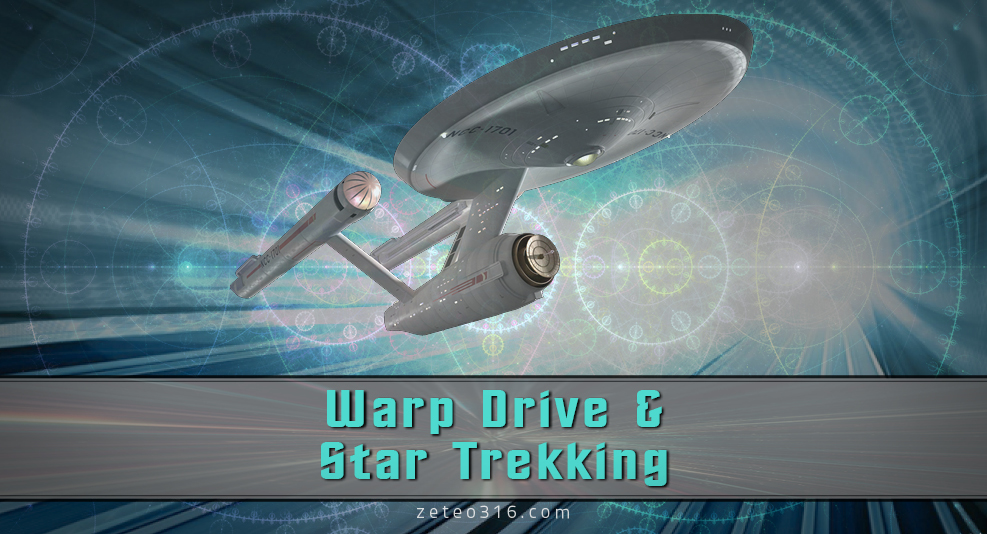Avid fans of Gene Roddenberry’s Star Trek will know that Warp Drive is a concept of fast travel over vast distances. According to Wiki:
Warp drive is a faster-than-light (FTL) spacecraft propulsion system in many science fiction works, most notably Star Trek. A spacecraft equipped with a warp drive may travel at speeds greater than that of light by many orders of magnitude. In contrast to other FTL technologies such as a jump drive or hyper drive, the warp drive does not permit instantaneous (or near instantaneous) travel between two points but involves a measurable passage of time which is problematic to the concept. Spacecraft at warp velocity theoretically continue to interact with objects in “normal space”. The general concept of “warp drive” was introduced by John W. Campbell in his 1931 novel Islands of Space…
We know that Warp Drive is currently an imaginary concept, but what are some of the physical problems associated with it? Will the problems of traveling at super-light speeds ever be solved? How does the Warp Drive idea relate to God, evolution and the evolutionist’s search for life on other planets?
Physicist John Hartnett discusses some of these issues:
A ‘trekky’ enthusiast once told me that the warp speeds described on the television shows and in the movies may be calculated as follows. Warp factor w, from the original Star Trek series, means that the spacecraft travels at w³ times the canonical speed of light (c ≅ 300,000 km/s or 186,000 miles/s). Therefore warp factor w = 7 means the spacecraft travels at 7 = 343 c. It would be unusual to hear that the starship the USS Enterprise had exceeded warp factor 9, which is about 729 times the speed of light.
To travel even around the local neighbourhood of our galaxy warp factor 9 (from the original TV series) just won’t do it. The nearest star to our solar system is about four light-years away. So travelling at warp 9, you would take two days to get there. Not too bad. But what about going to other star systems?…keep reading

